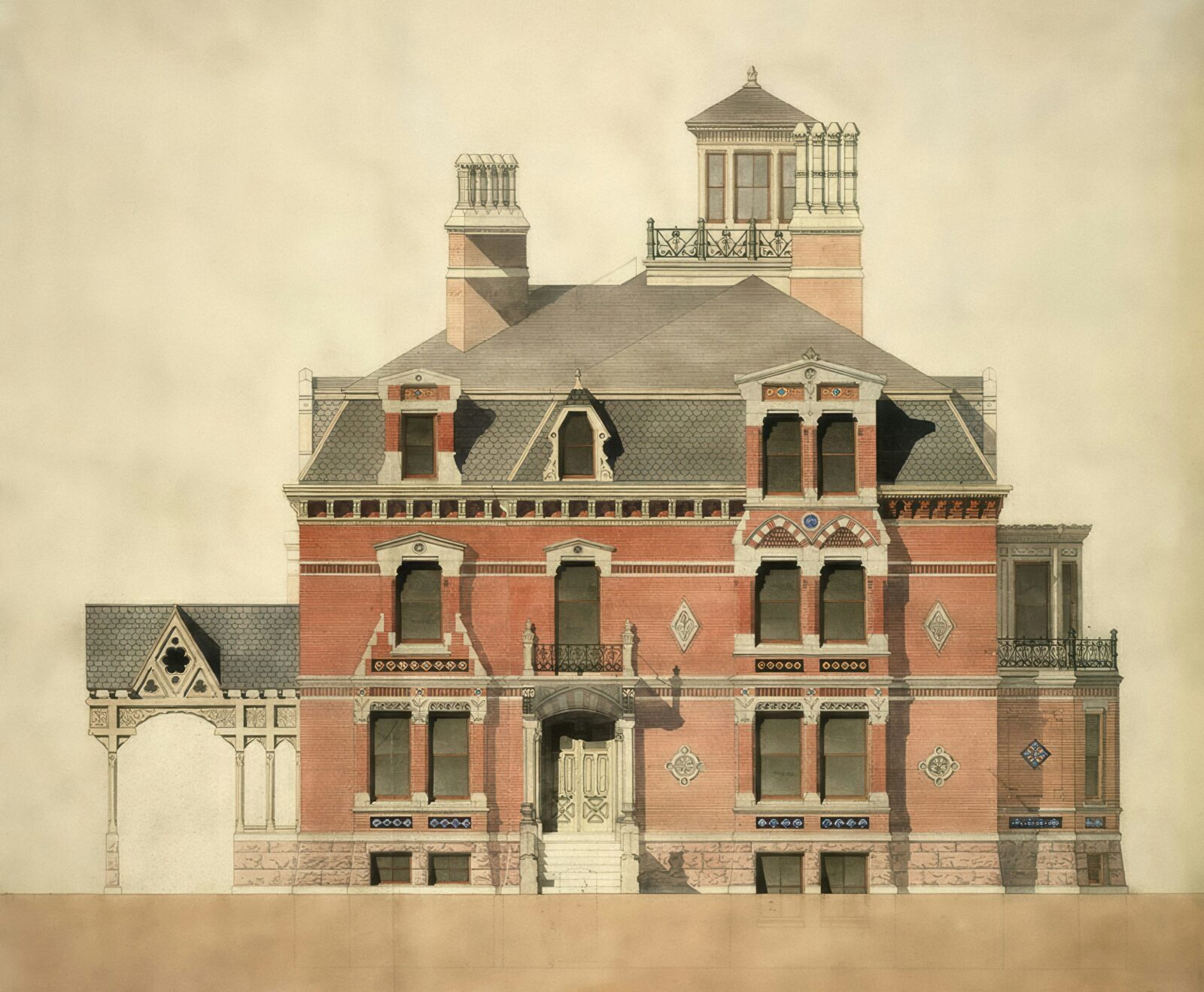- Home
- Articles
- Architectural Portfolio
- Architectral Presentation
- Inspirational Stories
- Architecture News
- Visualization
- BIM Industry
- Facade Design
- Parametric Design
- Career
- Landscape Architecture
- Construction
- Artificial Intelligence
- Sketching
- Design Softwares
- Diagrams
- Writing
- Architectural Tips
- Sustainability
- Courses
- Concept
- Technology
- History & Heritage
- Future of Architecture
- Guides & How-To
- Art & Culture
- Projects
- Interior Design
- Competitions
- Jobs
- Store
- Tools
- More
- Home
- Articles
- Architectural Portfolio
- Architectral Presentation
- Inspirational Stories
- Architecture News
- Visualization
- BIM Industry
- Facade Design
- Parametric Design
- Career
- Landscape Architecture
- Construction
- Artificial Intelligence
- Sketching
- Design Softwares
- Diagrams
- Writing
- Architectural Tips
- Sustainability
- Courses
- Concept
- Technology
- History & Heritage
- Future of Architecture
- Guides & How-To
- Art & Culture
- Projects
- Interior Design
- Competitions
- Jobs
- Store
- Tools
- More
Designing Presentation Sheets That Tell Your Project’s Story

Designing compelling presentation sheets is a critical skill for architects and designers, enabling them to convey the essence and story of their projects effectively. A well-crafted presentation sheet does more than just showcase designs; it communicates ideas, evokes emotions, and persuades stakeholders. This article delves into key strategies for creating presentation sheets that narrate your project’s story in a captivating and meaningful way.

Table of Contents
ToggleWhy Should We Need to Tell Our Story via Presentations?
From an architectural perspective, storytelling through presentations is fundamental in bridging the gap between abstract ideas and tangible realities. Architecture, at its core, is not just about creating spaces but about shaping environments that reflect values, cultures, and histories. Presentations allow architects to unveil the narrative behind their designs, revealing how each project is more than a mere structure—it’s a response to a specific set of challenges, a manifestation of a vision, and a contribution to the built environment. This narrative approach not only enhances the understanding and appreciation of the design but also fosters an emotional connection with the audience, whether clients, peers, or the general public. By telling our story, we provide context, imbue our work with meaning, and demonstrate the impact of architecture on human experiences. In essence, storytelling through presentations is a powerful tool that elevates our designs from mere constructions to resonant, lived experiences.
Understand Your Audience
Before diving into the design process, it’s essential to understand your audience. Are you presenting to clients, peers, or a jury? Each audience has different expectations and levels of technical knowledge. Tailoring your presentation to the specific interests and expertise of your audience ensures that your message is not just seen but also resonates with them.

Structure Your Narrative
Every project has a story, and your presentation sheet is the medium through which this story is told. Begin by outlining the narrative you want to convey. What is the concept behind your design? How does it address the project’s requirements and the client’s needs? Structuring your presentation around a clear and compelling storyline will guide the viewer through your design journey, highlighting the rationale behind your architectural decisions.
Visual Hierarchy and Layout
The layout of your presentation sheet plays a crucial role in how your project’s story is perceived. A well-organized sheet uses visual hierarchy to guide the viewer’s eye through the most critical elements first, then onto the supporting details. Employ contrasting sizes, colors, and placements to emphasize key points. Consider the flow of information—start with the big idea (concept sketches, mood boards) and progressively delve into specifics (plans, sections, elevations, detailed drawings).
Use of Visuals
Architectural projects are inherently visual, making the choice of visuals pivotal in storytelling. Incorporate a mix of sketches, renderings, photographs, and diagrams to illustrate different aspects of your project. Renderings can evoke the feel of the space, while diagrams can explain complex technical details or conceptual ideas in an accessible manner. Ensure that each visual adds value to the story you’re telling, avoiding unnecessary clutter that can dilute your message.

Clarity and Simplicity
Clarity and simplicity should be the guiding principles in your design. Avoid overcrowding your sheets with too much information or using overly complex visuals that can confuse the audience. Use clear, concise captions and labels to explain visuals, ensuring they are legible and straightforward. Remember, the goal is to communicate your ideas effectively, not to overwhelm the viewer with technical jargon or excessive details.
Incorporate Feedback
Feedback is a valuable tool in refining your presentation sheets. Presenting your drafts to peers or mentors can provide insights into how your narrative and visuals are perceived. Use this feedback to make adjustments, ensuring your presentation clearly and effectively tells your project’s story.
Designing presentation sheets that effectively tell your project’s story is both an art and a science. It requires a deep understanding of your audience, a clear narrative structure, thoughtful visual hierarchy and layout, strategic use of visuals, and a commitment to clarity and simplicity. By following these guidelines, architects and designers can create compelling presentation sheets that not only showcase their designs but also communicate their ideas and visions persuasively. Remember, a great presentation sheet does more than just display your work; it connects with your audience and brings your architectural story to life.

- Architectural Design Communication
- Architectural Presentation Best Practices
- Creative Presentation Ideas
- Designing Presentation Sheets
- Effective Presentation Techniques
- Engaging Project Presentations
- Presentation Sheet Layout Tips
- Project Storytelling
- Visual Communication in Architecture
- Visual Storytelling in Design
Submit your architectural projects
Follow these steps for submission your project. Submission FormLatest Posts
How to Use Color and Layout in Your Architecture Presentation Board
An architecture presentation board becomes a powerful storytelling tool when color, layout,...
Enhancing Architectural Presentations: Leveraging Visual Storytelling Tools
In architecture, a design’s brilliance is only as effective as its presentation....
Best Portable Projectors for Architectural Presentations
Architects are constantly presenting their ideas, whether it’s showing design concepts to...
Successful Project Presentation: 5 Effective Tools to Try
After you invest time and effort into a project, you probably want...












Leave a comment